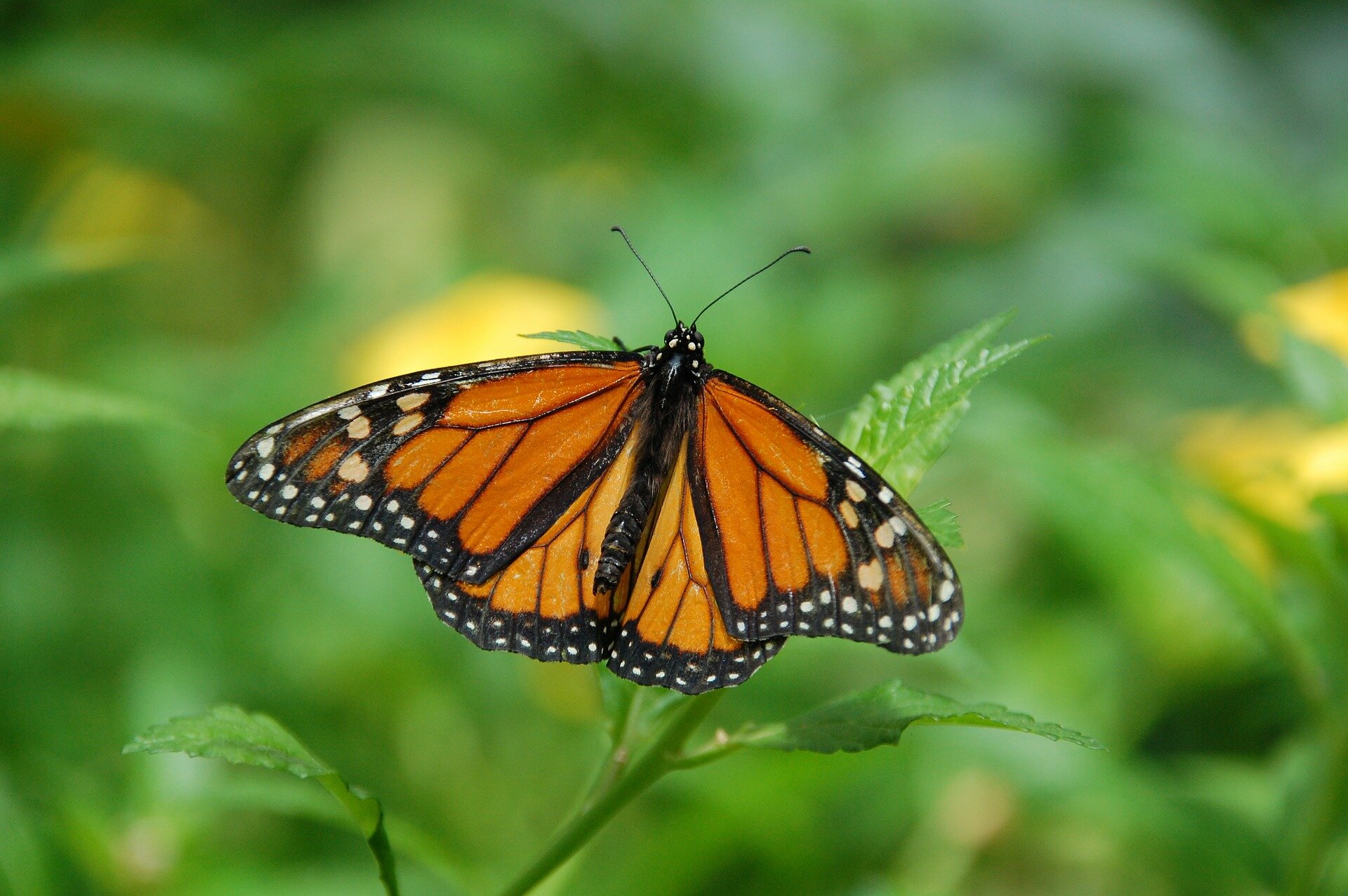California monarchs nonetheless holding on. Here is the place to see them in Ventura

Preliminary reviews present the variety of monarch butterflies in California rose for a second yr, bringing one other spherical of hope to these working to preserve the struggling inhabitants.
Monarchs present up annually alongside the California coast to attend out the chilly months. Estimates within the Eighties put the state’s overwintering inhabitants within the thousands and thousands. However the inhabitants has since plummeted by greater than 95%, regardless of a current enhance. Scientists attribute the decline to habitat loss and degradation, pesticide use and the altering local weather.
After years of decline, numbers on the overwintering websites dropped to simply 2,000 in 2020 — so low that some specialists nervous none would present up the subsequent winter. As a substitute, final yr’s annual Western Monarch Thanksgiving Rely reported almost 250,000 monarchs within the state.
A preliminary report from this yr’s rely reveals one other bump to greater than 300,000, based on The Xerces Society, a conservation group that organizes the three-week tally to watch websites in California. That features greater than 8,000 reported at Ventura County websites. Initially, the group reported increased numbers regionally however corrected the tally after an information verify discovered an error.
“Reduction and hope,” wildlife biologist Cat Darst stated of the numbers.
However even with the will increase, the numbers stay low.
Inhabitants modeling means that possible many occasions extra are wanted to have longterm viability, stated Darst, assistant discipline supervisor for the U.S. Fish and Wildlife Service in Ventura.
Every October, the western monarchs head to California’s coast, discovering stands of bushes to assist shield them from winter situations. When temperatures heat up, they head east, migrating throughout the complete western U.S.
They lay eggs on milkweed vegetation and one era of monarchs dies as a brand new one grows into caterpillars and finally turns into butterflies. They then head to the subsequent spot and repeat the cycle. Three or 4 generations later, the monarchs present up on the similar spots alongside the California coast to attend out one other winter.
It is unclear precisely what led to the monarch’s enhance final yr. Possible, the bugs simply had higher situations within the breeding vary, scientists say.
As a result of the monarch cycles via a number of generations in a yr, the species has an important capability to extend its inhabitants if situations are proper. So long as the numbers do not drop too low, the inhabitants measurement can bounce round and be OK.
“The issue is when the numbers get too low that they bounce all the way down to extinction and so they’re gone,” Darst stated.
Scientists nervous after 2020’s dismal turnout. However current counts recommend the monarch inhabitants nonetheless has the potential to get well.
“There’s nonetheless hope for a comeback,” Darst stated.
The Xerces Society expects to have this yr’s closing leads to January.
The place to go to see monarch butterflies
In Ventura County, the butterflies spend winter months in stands of eucalyptus and different bushes, together with at Camino Actual Park in Ventura. Thus far this yr, the rely reported round 3,000 monarch butterflies on the public park.
Recognizing the butterflies in pods might be tough due to the extra muted colour of the underside of their folded wings. Binoculars assist individuals differentiate between a clump of dried leaves and a patch of monarchs.
Head out early to see them in teams on the bushes. Somewhat later, as temperatures rise, they turn out to be extra lively and simpler to identify.
Consultants urge individuals to look and never disturb the monarchs. Permitting the butterflies to remain of their pods will assist them relaxation up for the subsequent leg of their journey.
Traditionally, the monarch butterflies spent October via March at spots alongside the California coast. However the butterflies have left earlier in recent times, possible due to the warming local weather.
How individuals will help monarch butterflies
Consultants advocate defending and planting native, insecticide-free milkweed and nectar vegetation. Non-native milkweeds, together with tropical varieties, trigger issues for the monarchs.
If you happen to stay inside a mile of the coast in Ventura County, the Fish and Wildlife Service recommends planting native pesticide-free nectar vegetation however to keep away from milkweed. Having milkweed too near the coast can pull monarchs from overwintering websites and stop them from migrating.
Discover extra data at xerces.org/milkweed/milkweed-guides.
Cheri Carlson covers the surroundings for the Ventura County Star. Attain her at [email protected] or 805-437-0260.
 California county sees highest variety of monarch butterflies in additional than 20 years
California county sees highest variety of monarch butterflies in additional than 20 years  Monarch butterfly inhabitants booms in Pismo Seashore
Monarch butterfly inhabitants booms in Pismo Seashore  Migratory monarch butterfly now Endangered – IUCN Purple Checklist
Migratory monarch butterfly now Endangered – IUCN Purple Checklist  Monarch butterfly numbers plummet regardless of restoration final winter, however 1 12 months by no means tells the entire story
Monarch butterfly numbers plummet regardless of restoration final winter, however 1 12 months by no means tells the entire story  Fuerteventura, a paradise for water sports activities within the Canary Islands
Fuerteventura, a paradise for water sports activities within the Canary Islands  11 Tasty Locations To Get Your self Some Hen Wings In London This Nationwide Hen Wing Day
11 Tasty Locations To Get Your self Some Hen Wings In London This Nationwide Hen Wing Day  What Larry, the Furry Canary Can Educate Us About ChatGPT’s Potential to Generate Distinctive Content material
What Larry, the Furry Canary Can Educate Us About ChatGPT’s Potential to Generate Distinctive Content material